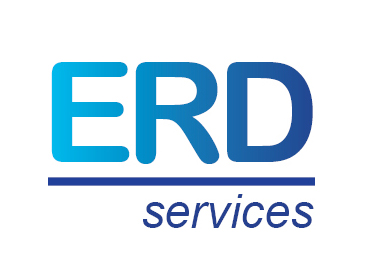HCL Tech’s Bold IP Partnership with IBM Drives the Growth of its ER&D Unit
We looked at the recent financial of HCL Tech’s Engineering R&D Services (ERS) unit and wanted to understand the reasons for its phenomenal growth in Q4 FY17 (+26% at CC) and in H1 18 (+37% ).
What did we find?
Since Q4 FY17, ERS is benefiting from the impact of the Geometric and Butler acquisitions. Taking out these acquisitions, CC/CP growth has varied between 15% and 20%, in our estimate. The growth therefore remains impressive
The IBM partnership is a key element of this growth. We estimate that excluding the IBM IP partnership, ERS’ CC/CP growth was in the range of 5% to 10%. This type of growth is similar to that of tier-one ER&D vendors.
What is the IBM IP Partnership?
In Q1 FY17, IBM revived its IP partnership with the intent of replicating the kind of revenue streams it enjoyed 15 to 20 years. Its IP revenues were significant, and reached up to $1.1bn, selling IP to the semi-conductor industry.
IBM no longer has a semi-conductor business, having sold it to GlobalFoundries in 2015. In 2016, the following year, IBM rebuilt its IP business, with great success: in 2016, IP revenues reached $950m. The difference is that IBM no longer license semi-conductor IP, but has tweaked the model to include its software products that are not part of its Strategic Imperatives (digital, cloud, and security).
The model relies on IBM:
- Selecting partners, which are responsible for new functionality development. IBM does pay fees to the partner for its product development and enhancement work
- Retaining ownership of the new functionality, and its associated revenues.
The partner also acts as a channel (through selling the software to its client base) and pays a royalty to IBM related the license sales.
The IP partnerships have a five-year duration.
In the two years, IBM has signed 19 IP partnership agreements. This sounds a lot but IBM is keen to highlight the licensed software represents less than 1% of the code of all its software products.
What the level of involvement of HCL Tech?
HCL Tech is far from being the only IBM IP partner. Yet, it certainly has taken over brands of IBM that still are very well-known: this includes the application life cycle brand Rational, the Informix database products, and the collaboration Tivoli and Notes software products, as well as software products related to mainframes, and marketing automation applications we could not fully identify . We estimate, based on financial reports, that HCL Tech has invested, in the past two years, close to $1bn. This is therefore a major investment.
Does this make sense?
From a license perspective, we estimate that revenues have been limited, and well under $50 per year.
However, the IBM IP partnership is driving the revenue growth of ERS at a high speed, adding, we estimate, ~$50m per quarter, so $200m on a yearly run-rate. We have too limited information to make the maths work, but we assume, HCL tech will need to sell quite a lot of software licenses.
And then, there is the philosophical question. Does it make sense for an IT services/ER&D to sell software products? TCS and Infosys have their own banking software, and TCS also expanded in the insurance product with Diligenta. Cognizant acquired Trizetto in the healthcare space in the U.S.
HCL Tech did not have a software product business. So the IBM IP partnership has helped HCL Tech jump-start its presence in software products. And this is not over for HCL Tech, which has announced a similar partnerships with DXC/CSC around banking software products.
Are the Indian vendors, in their search for non-linear growth, being greedy, as they look at the high potential margins of ISVs? Or are they bold and forwarding-looking? So far, the jury is still out, as we are lacking a clear view of what is going with these vendors’ software product sales.
Can other ER&D vendors replicate this model?
Software product development and enhancements is a minor part of the onshore ER&D industry business model, but is a major activity, along with telecom product engineering of the Indian IT and ER&D services industry. We think that only Indian origin IT services or ER&D vendors have the deep pockets to fund such partnerships, and the service breadth of both IT services and ER&D. And therefore, we strongly suspect that most of the 17 IBM IP partners are of Indian origin.
Stay tuned. We will be looking into this IP partnership, and its success in more detail.
